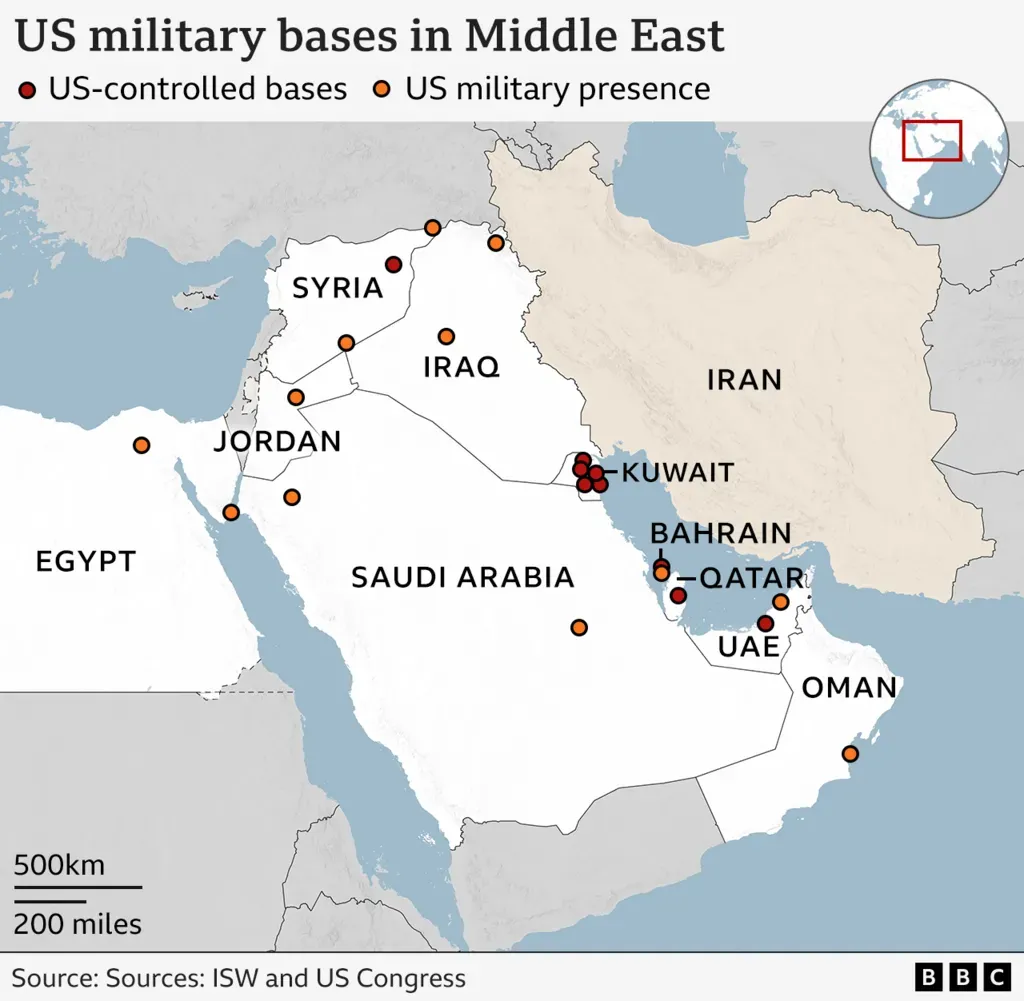
U.S. President Donald Trump has reportedly signed off on plans for potential military action against Iran, although he has not committed to carrying them out yet. According to sources cited by CBS, a partner of the BBC in the U.S., Trump delayed a final decision in hopes that Tehran might still agree to end its nuclear ambitions.
Among the possible targets under consideration is Iran’s Fordo nuclear facility, an underground uranium enrichment site. Trump addressed speculation on his Truth Social platform, dismissing a similar report by the Wall Street Journal and insisting that no one truly knows his intentions regarding Iran. However, he did not directly comment on whether the plans had been approved.
Talk of military action intensified following a speech by Iran’s Supreme Leader Ayatollah Ali Khamenei, in which he publicly rejected Trump’s calls for surrender. Speaking on Iranian state television, Khamenei warned that any U.S. military move would come at a high cost and reaffirmed that Iran would not back down. This was his first public appearance since Israel launched what it called pre-emptive strikes on Iranian positions.
Iran’s diplomatic mission to the United Nations responded by ridiculing Trump on social media, labeling him a "has-been warmonger" and asserting that Iranian leaders would never show deference to the U.S.
Despite the hostile exchange, Trump downplayed Khamenei’s defiance, saying simply, “good luck,” and again refrained from revealing his next steps. He told reporters, “I may do it, I may not. Nobody knows what I’m going to do.”
Meanwhile, the tense atmosphere has led to growing panic in Tehran. With Israel continuing its military campaign, residents of the capital—home to around 10 million people—have been fleeing in large numbers.

Israeli Prime Minister Benjamin Netanyahu released a video update, stating that Israeli forces are steadily moving to dismantle Iran’s nuclear infrastructure and missile capabilities. “We control the skies over Tehran,” he said, adding that Israeli attacks have targeted key regime sites, including nuclear facilities and command centers.
Pete Hegseth, Trump’s Defense Secretary, told a Senate hearing that the U.S. military was fully prepared to act on any presidential orders. His comments come as the Pentagon increases its presence in the region. A strike group led by the USS Nimitz is moving from Southeast Asia to join forces already stationed in the Gulf, including the USS Carl Vinson. Additional support aircraft, such as tankers and advanced fighter jets like the F-22 and F-35, are also being deployed from Europe.
U.S. Secretary of State Marco Rubio is scheduled to meet UK Foreign Secretary David Lammy in Washington, with Iran expected to dominate their agenda. While no formal request has been made to use UK bases like Diego Garcia or Cyprus, British officials have acknowledged that all options are being considered in Washington.
In the meantime, the U.S. embassy in Jerusalem has issued an evacuation plan for American citizens, as the situation continues to escalate.
Since the conflict began, Israeli strikes have killed 585 people in Iran, including civilians and security personnel. In retaliation, Iran has launched approximately 400 missiles at Israel, resulting in 24 civilian deaths. Iranian state television recently suffered a hacking incident urging citizens to rise against the regime, which the authorities quickly dismissed as foreign interference.